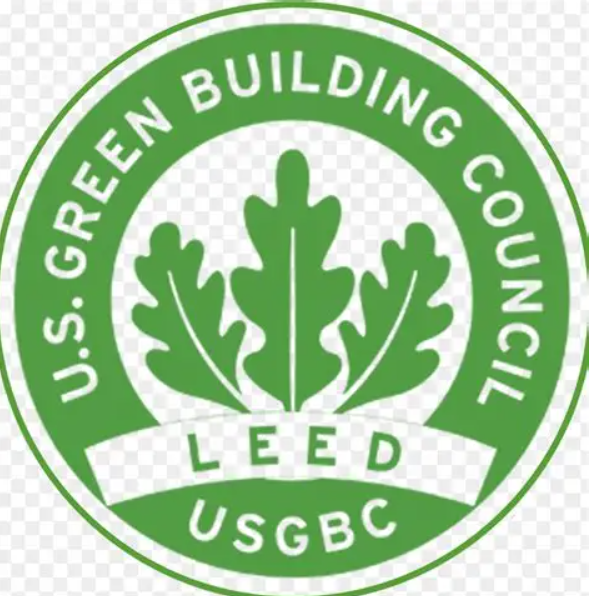
Often confused with LEAD, the term LEED is an abbreviation for Leadership in Energy and Environmental Design. It is the rating system used globally for the recognition of green buildings. A LEED plaque in front of a commercial building shows that it is eco-friendlier than others. The need for greener houses to reduce the carbon footprint on the environment has made many building professionals seek certification to improve their qualifications. You can learn more about LEED from this short video by USGBC.
As you may have already imagined, LEED certification isn’t for everyone. So who then is it for? You might ask.
The truth is anyone can take the exams and scale it if they prepare adequately. Still, for the certification to be of value, you should be interested in a career in architecture or building construction.
You will need to be LEED accredited to be able to deliver projects that are LEED-certified. So if that is something you are interested in, you want to get yourself ready to sit for an exam.
There are two variations of the certification program, and you need to learn about them before enrolling to sit for the test. You could check out this short video to get more additional info.
Watch video: What is LEED Certification?

The two different levels are the LEED Green Associate program and the LEED AP.
This program is considered as an entry-level into the green building space. There is a lot of benefits that come with this title. You get to brand yourself as a professional who has updated knowledge of green building practices. You only get to take one test, and if you pass it, you get certified. You can find out more in this short video.
Watch video: LEED Green Associate Exam Prep

As you may have imagined, the LEED AP is a more advanced qualification. It is mostly sort after by professional architects who want to position themselves as experts in green building. Unlike the Green Associate, there are five different levels in the AP program. You can learn more from this video about the AP program.
Watch video: What is a LEED AP?

The tests differ from each other in their requirements. But just in case you are wondering about the different types, you can find a quick summary below.
While there aren’t many restrictions with the GA program, you have to be 18 years of age and have a Green Associate certification to be able to sit for AP tests.
In an era where folks are becoming eco-friendlier, you will agree that it pays to be certified as a green building construction expert. This could help make your credentials more attractive to an employer, plus also bump up your pay.
So what does it take to get LEED certified?
Like I mentioned earlier, you will need to be 18 years and older plus also have a LEED Green Associate accreditation before you can go for the AP program. But if you are starting, all you need is to pay the enrolment fees and sit for a test. You can learn more from this short video about the requirement of becoming LEED certified.
Applying to get LEED-certified isn’t as stringent as you might think. The entire process is broken into steps below.
Like I said earlier, getting the accreditation is not all that much of a hassle. There are practice materials for all the tests to help you get ready and have an idea of what you should expect on the test day.
While it may be easy to register and sit for the test, a lot of people find it hard to get themselves registered and pass the exams, even after a couple of trials.
So how can you enhance your chances of passing the exam in your first or second sitting?
The answer is simple. You need adequate preparation. You can find some useful tips in this simple guide put together by me.
The steps to get registered is the same for both types of program. The whole registration procedure is done online, so you don’t have to travel for any reason. You will only have to visit the test center on your exam day.
The simple breakdown below can help you get registered for your exams.
Once you have finished your registration and have received your exam details with the date, location, and time the next step will be to prepare adequately.
Your preparation will involve a lot of studying if you intend to pass your exam on your first attempt. You will be faced with a two-part test of 100 questions each that must be completed in two hours of you are sitting for the Green Associate exam.